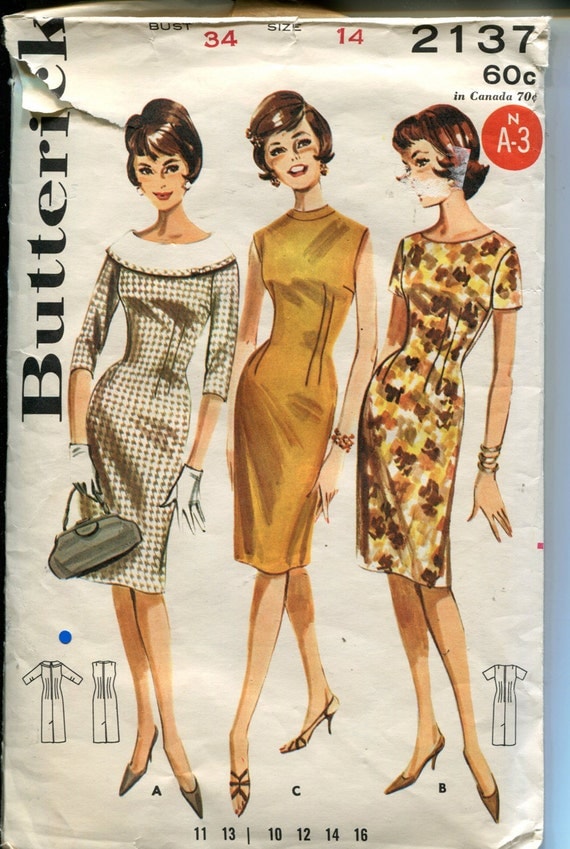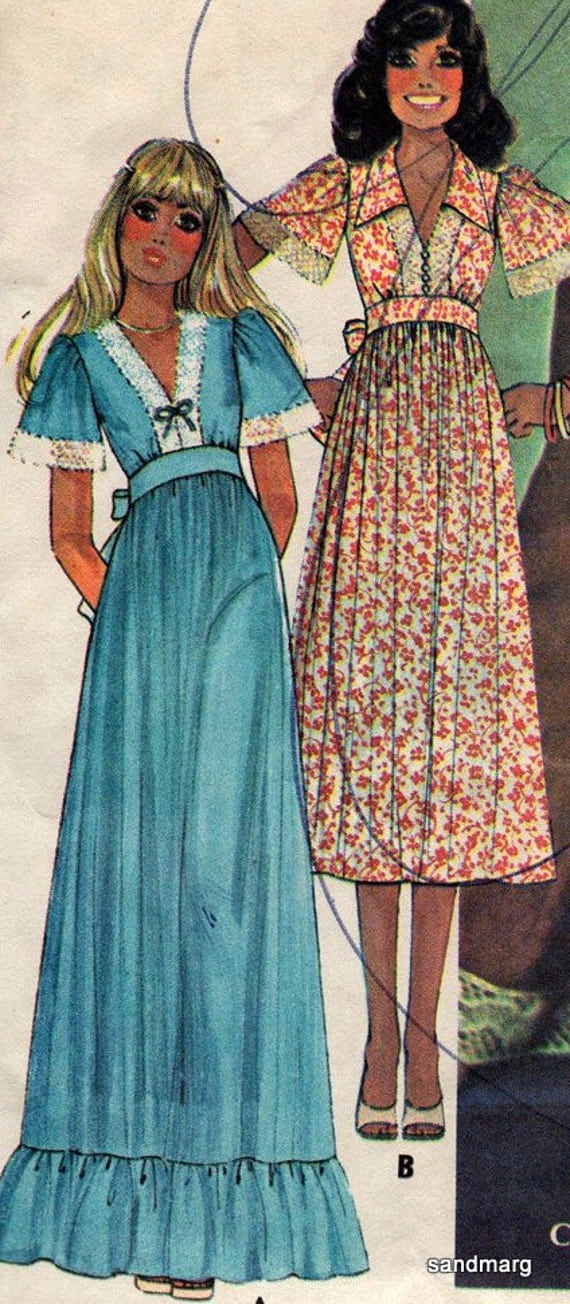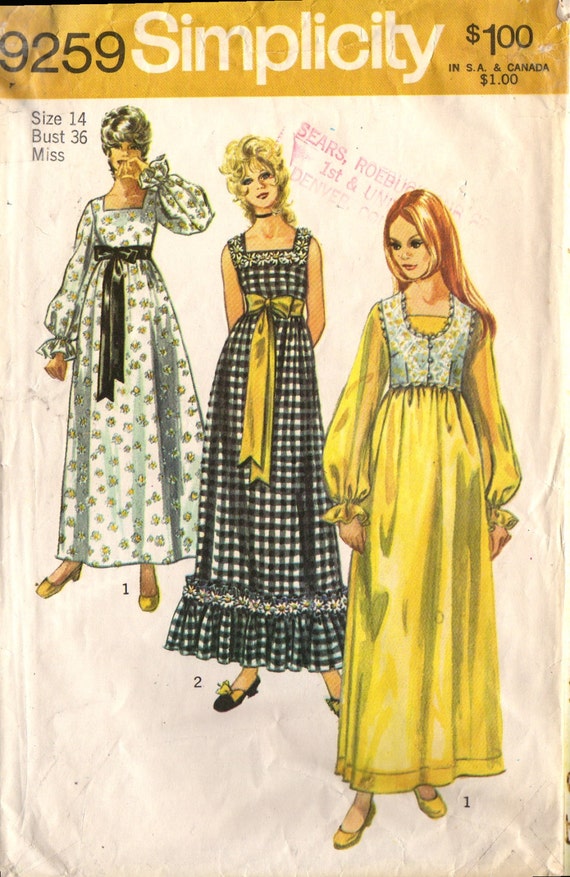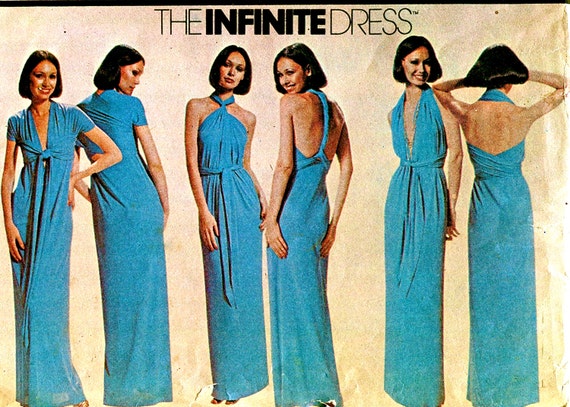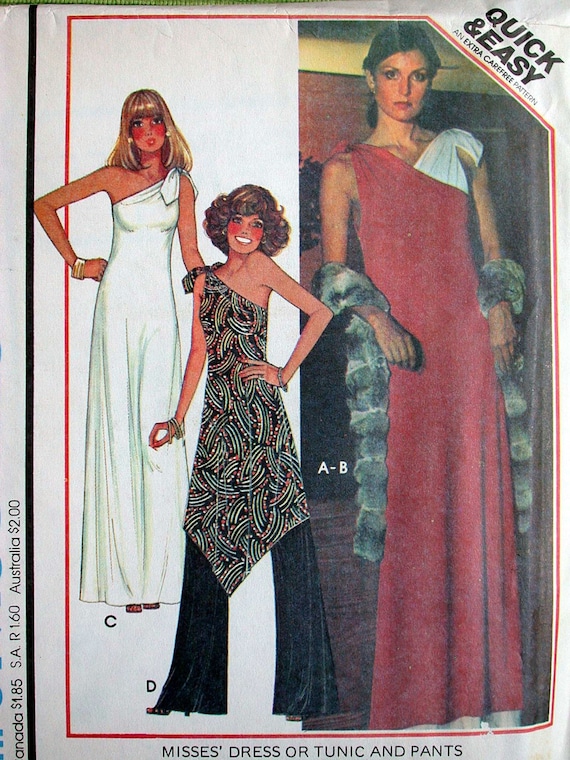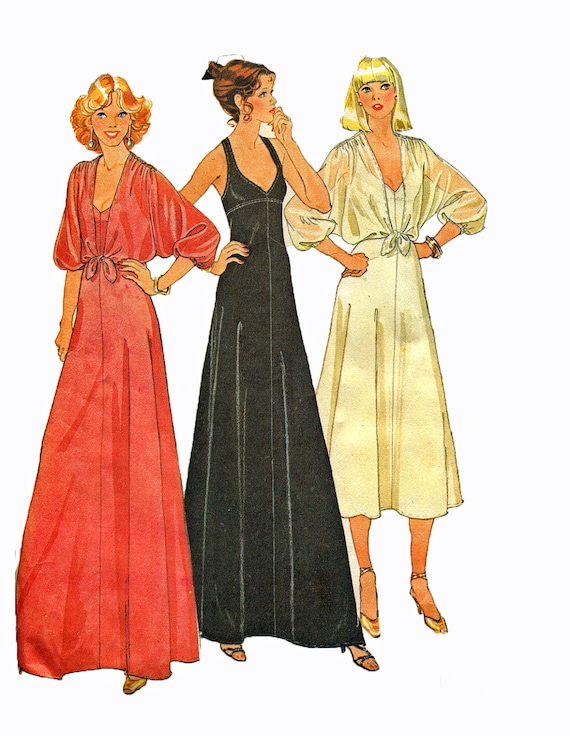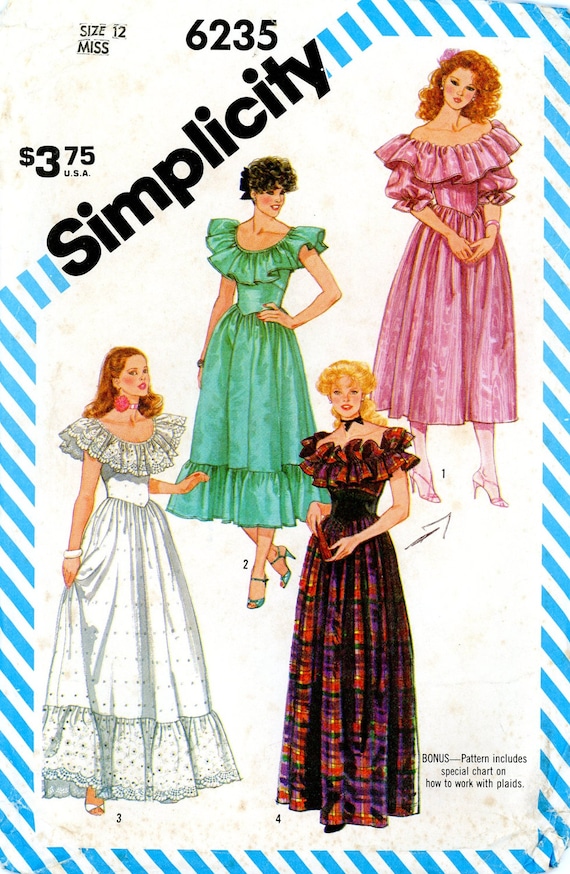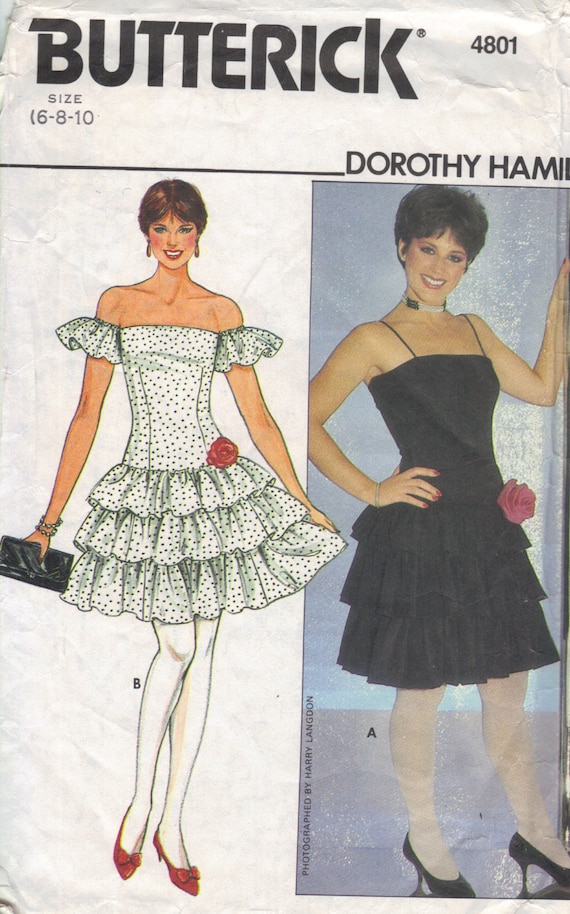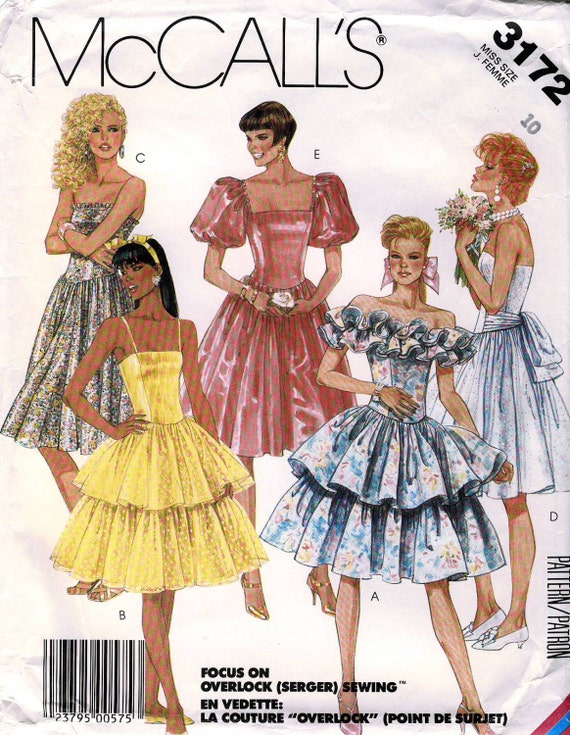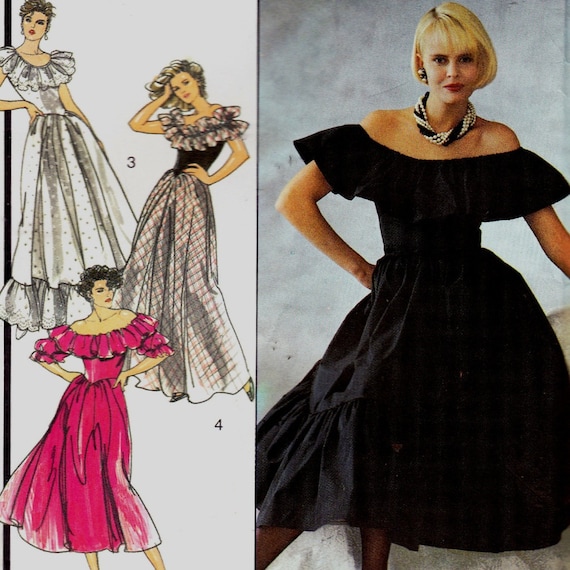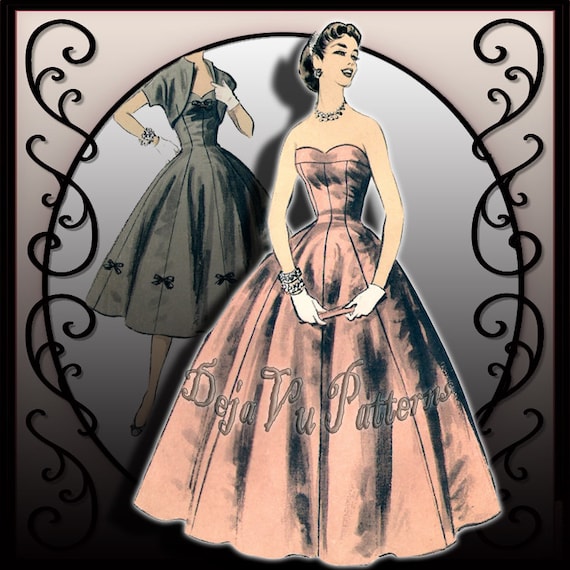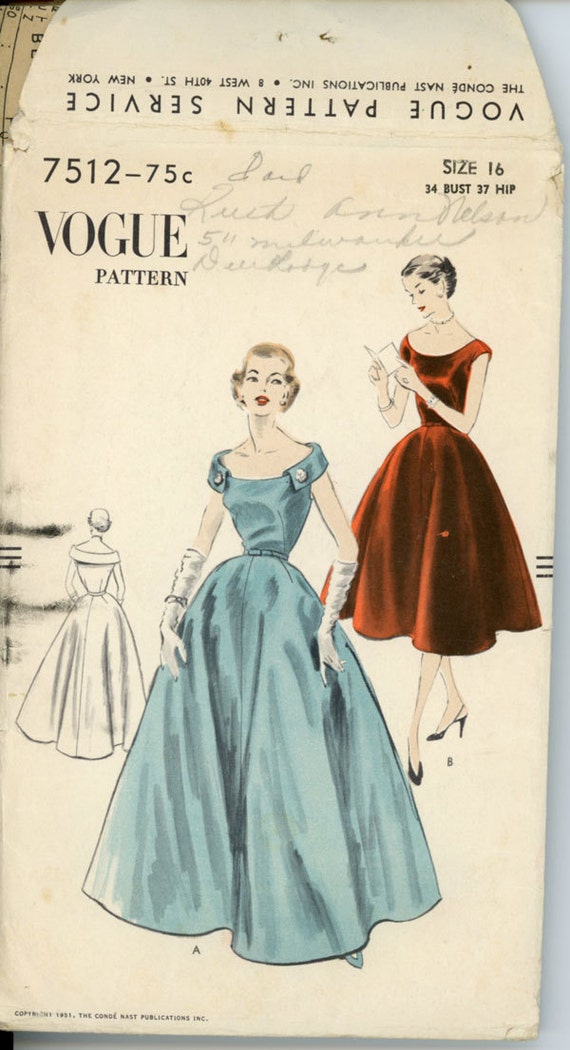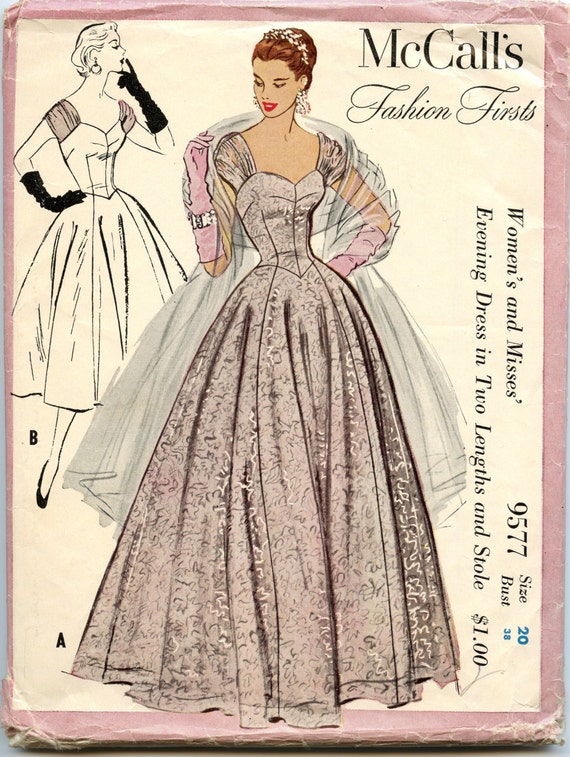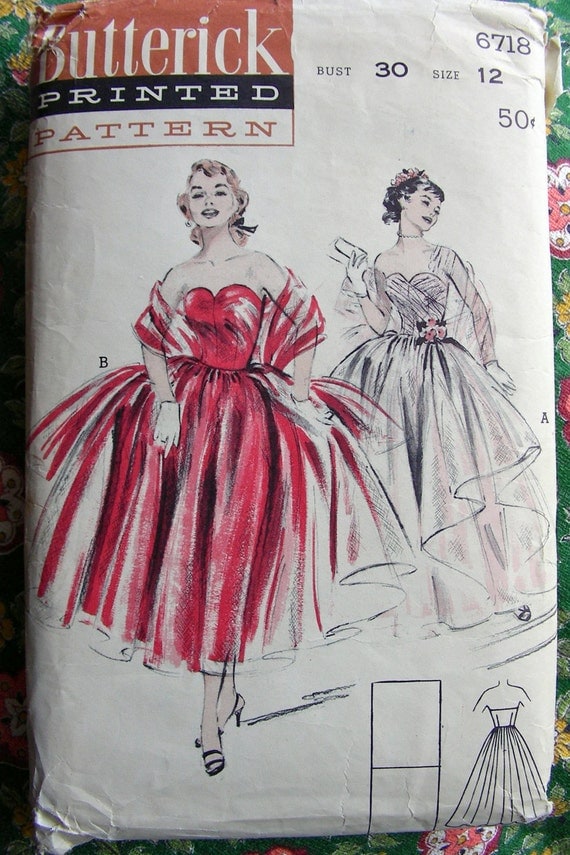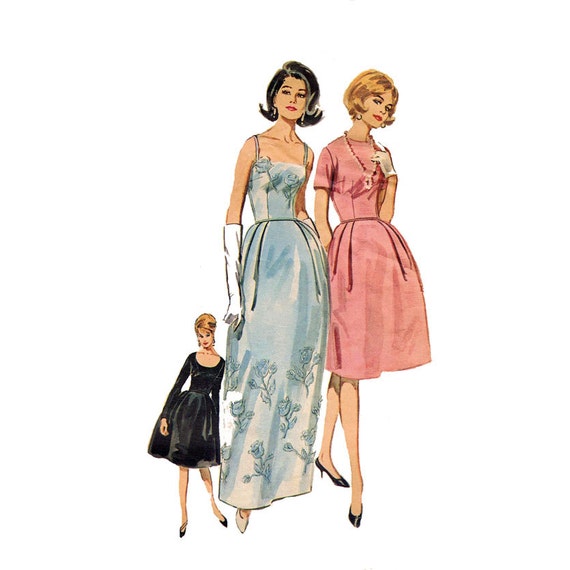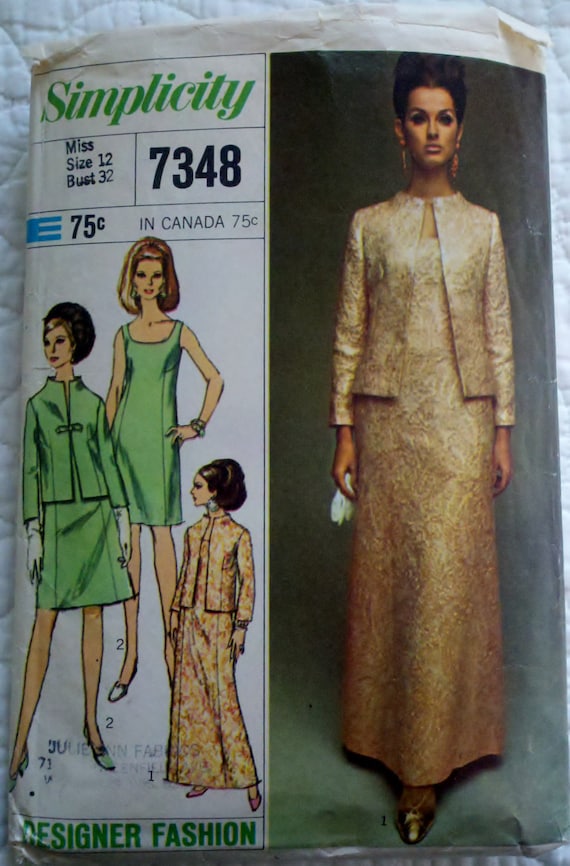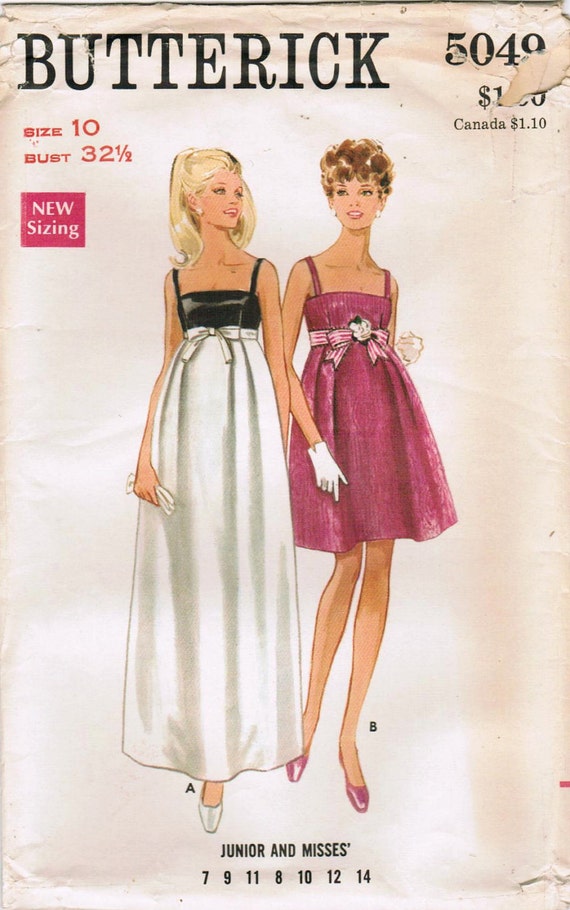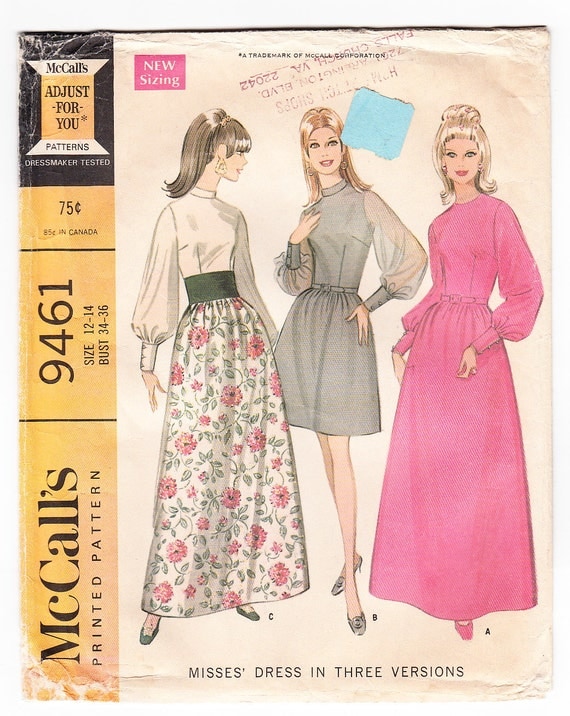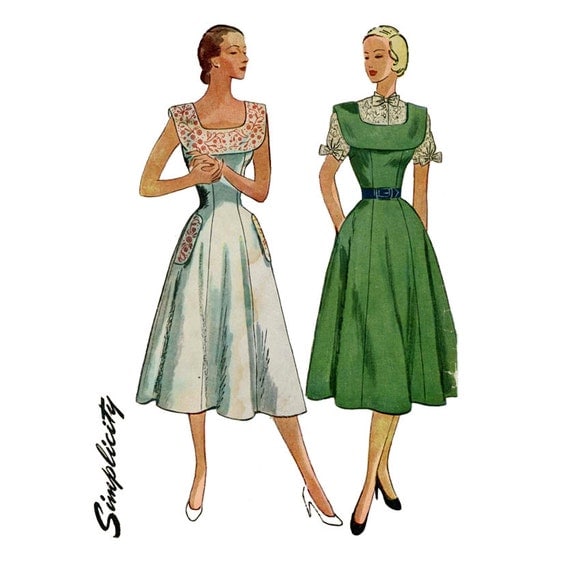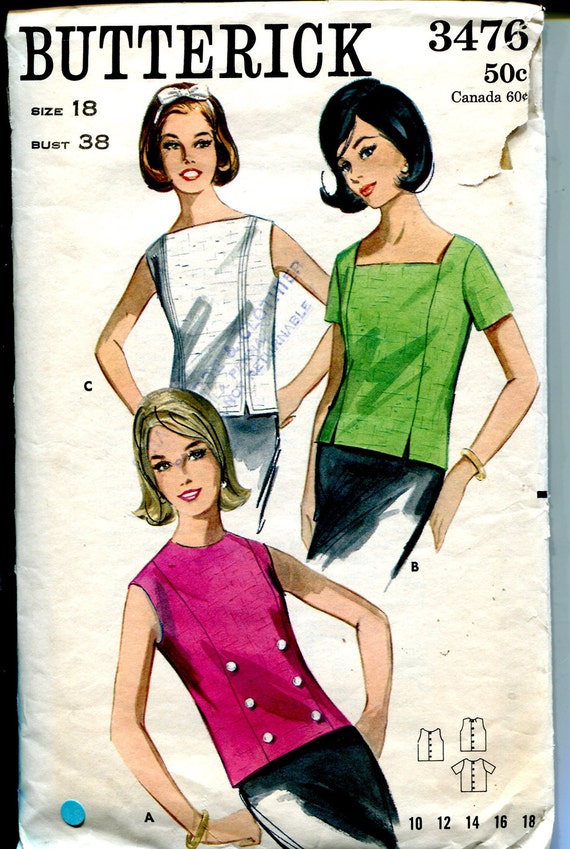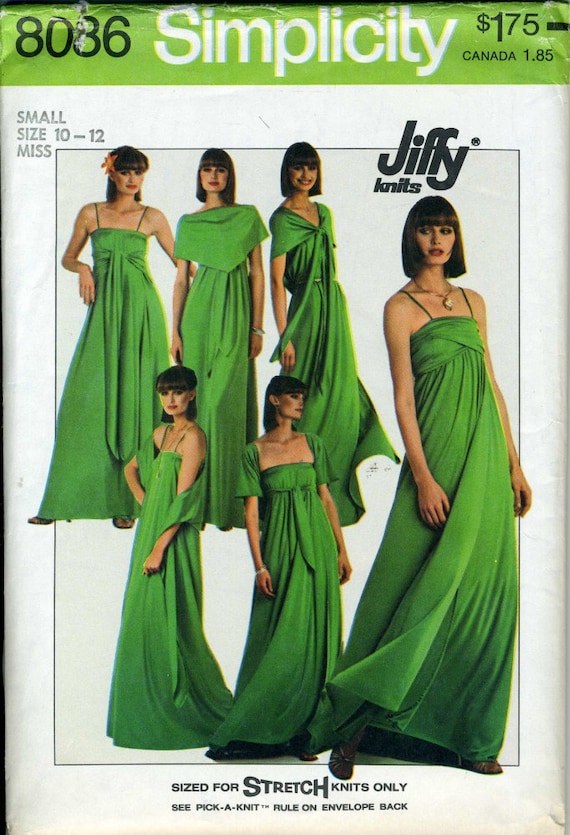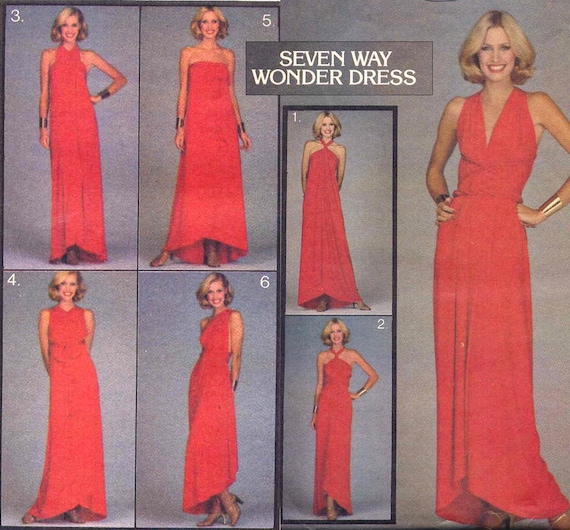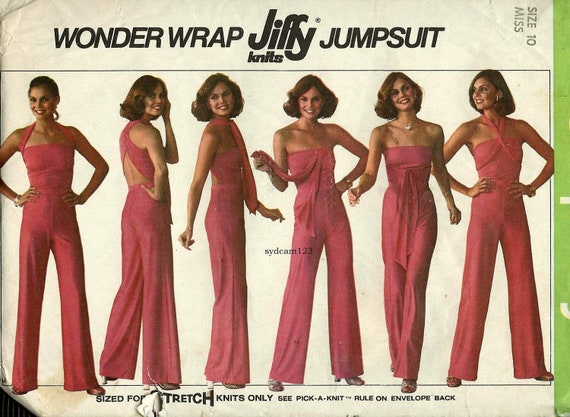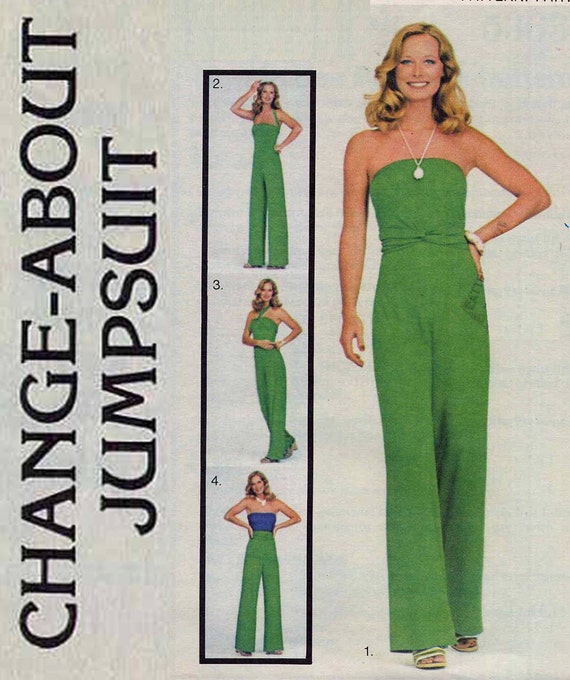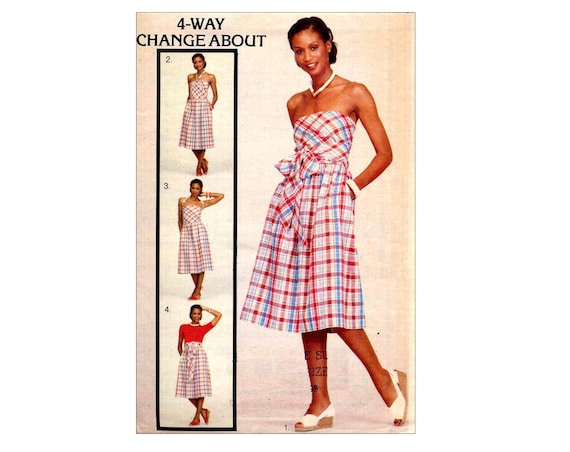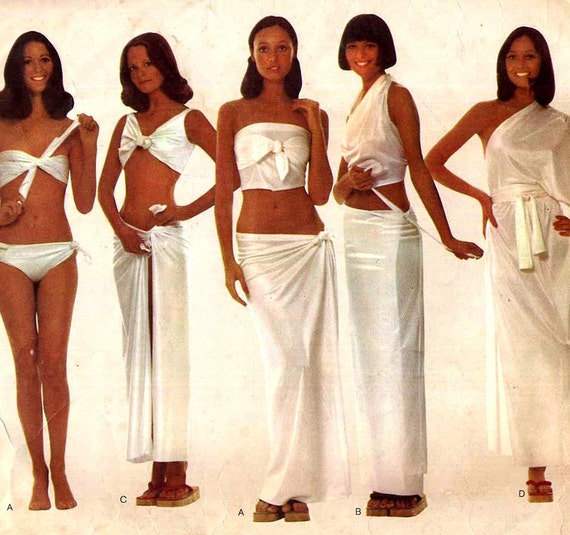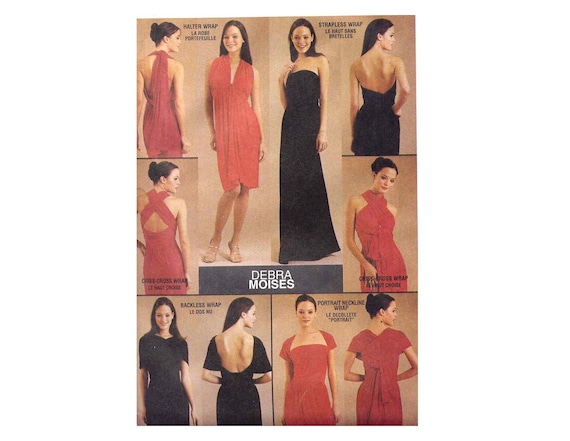I fell in love with this machine, as soon as I saw it on ebay. The clean lines, the “atomic style” shape, unlike any other machine I’d seen before.
I bid, I bought, and for under $100 (including interstate postage), she was mine.
The machine comes in its own little suitcase, decked out with leather straps inside to hold the pedal, the extension table and a cute little bakelite box of attachments. I spent a day cleaning her (the suitcase was full of rat droppings), and enlisted my husband’s help with the mechanical and lubrication side of things. With the machine up and running, I’ve now had time to “play”, and have even made my first project on her – a gored linen skirt.
If, like me, “Fridor” is a name you haven’t yet encountered in the world of sewing machines, you’re not alone. There aren’t many to be had in Australia, and I think I was lucky to get this one. It was designed in Switzerland, and manufactured in Holland.
Like driving a European car, there are many features that I found to be the opposite of what I’m used to in Australia. To switch the light on, it must be flicked up (not down), the stitch length lever goes up for forward, and down for reverse, and the needle threads left to right (not front to back). I’m prepared to live with these little idiosyncrasies, however, because the machine has so many design features that I love.
Removing the motor cover reveals that there are TWO belts driving the machine; probably the reason that the machine never seems to “stall”. The extension table is HUGE compared to other machines, giving a nice flat work area. The bobbin winder is on the side of the machine, and is simple to use.
The motor is quiet, and runs smoothly. It’s a seriously good - looking machine – even the foot pedal is attractive!
Dropping the feed-dogs is as simple as flicking a lever.
For a simple, straight-stitching machine, it has quite an array of extra feet. So far, I’ve tested the narrow hemming foot (lovely results),
but I have to say that the spring-loaded darning foot is my absolute favourite. It’s going to make free-motion quilting a real delight!
My machine has quite a few bumps and scratches, and the wooden base definitely needs repainting. The dilemma is this: do I leave her as is, and keep her “pure”, or do I strip her down, and re-paint with a glossy new coat of enamel in a fabulous colour…..peach? pink?……what about turquoise?
 I’d love to hear your thoughts.
I’d love to hear your thoughts.



